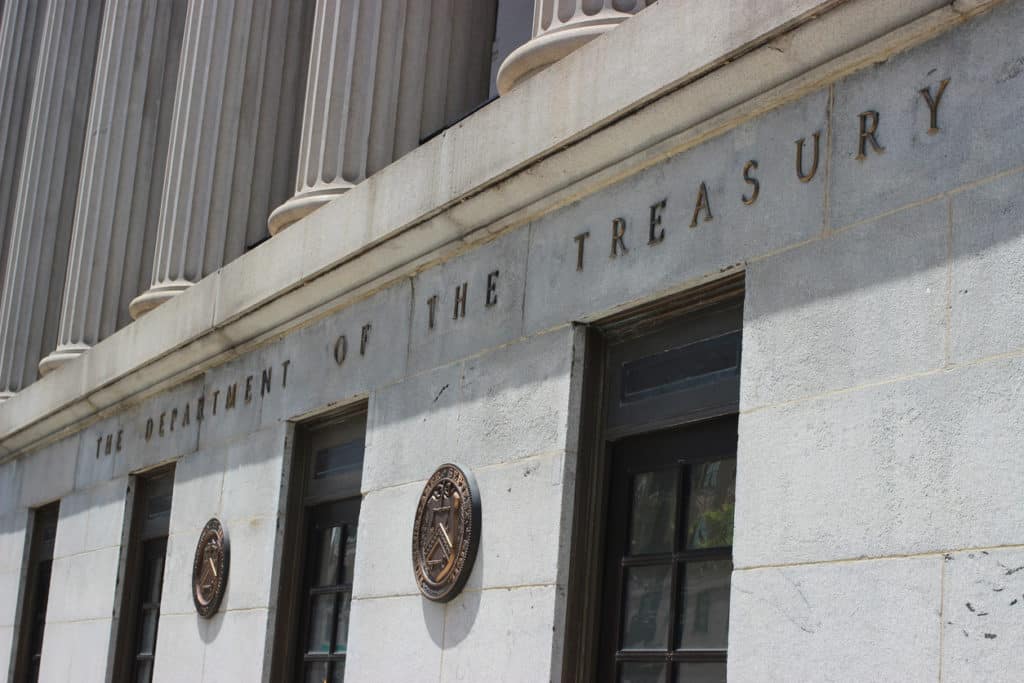
Sell-side firms that will provide clearing services to clients under the SEC’s treasury and repo clearing mandates have raised concerns over the economics of participation in the market and the timeline for implementation, an ION-partnered Acuiti report has found.
The Securities and Exchange Commission (SEC) has introduced mandates for centralized clearing of treasury and repo transactions to enhance transparency, stability, and resilience in the USD 27 trillion Treasury market. The move represents one of the most significant shifts in US capital markets for decades.
US Treasury Markets: Plotting the Sell-Side’s Path to Mandatory Clearing, released and produced in partnership with ION, surveyed or interviewed senior executives at the major Future Commission Merchants (FCMs) and banks that will be active in the market.
The report found that FCMs have concerns over the timeline and the economics of providing clearing services in treasuries and repos. In addition, many question the capacity of the market to absorb the demand for clearing.
With just over 12 months until the treasury clearing deadline and 18 until repo clearing, the central clearinghouses that will process the transactions under the new mandated framework are still developing their access models.
In addition, many FCMs are still uncertain about their approach to the market and the models they will offer clients from day 1.
Most importantly, around a third of respondents said that they were “critically concerned” over the overall level of returns from offering repo clearing in what is likely to be a capital-intensive, high-volume, low-margin business.
The key findings of the report are:
- There is significant industry uncertainty about the viability of current mandate deadlines, with 48% of survey respondents saying the repo deadline was unlikely or impossible and 31% saying the same for the cash deadline.
- 76% of survey respondents favor a phased implementation of the mandate.
- There remains widespread doubt that current sell-side models and infrastructure can scale to meet incoming demand.
- There is significant concern over the economics of providing treasury and repo clearing services for the FCMs that offer it to clients.
- FCMs are planning investments in technology to increase automation and reduce overheads in what is likely to be a high-volume, low-margin business.
- Consideration of building the required technology is still at an early stage, but almost two-thirds of the market will work with third-party vendors for some or all of the required build.
Ross Lancaster, Head of Research at Acuiti, says, “With just over a year until introduction of the mandate begins, there remain significant uncertainties in how FCMs and repo desks will approach treasury and repo clearing,” says.
“Clarifications and potential additional regulatory activity around accounting treatment, capital requirements, and cross-asset margin offsets will ultimately indicate whether a dominant model will emerge, or the current sponsored model will co-exist with an agency clearing model.”
Francesco Margini, Chief Product Officer for Cleared Derivates at ION Markets, says, “Despite the current uncertainties, what is clear today is that automation and scalability of the clearing process will be essential for firms to support the high-volume US Treasury cash and repo business. Big decisions lie ahead of sell-side firms on the technology strategy in support of the clearing mandate. The expectation is that market standardization brought by a centrally cleared business will enable software vendors like ION to play an important role in delivering solutions that meet the needs of our customers.”
Download the full report here.
Source: Ion






